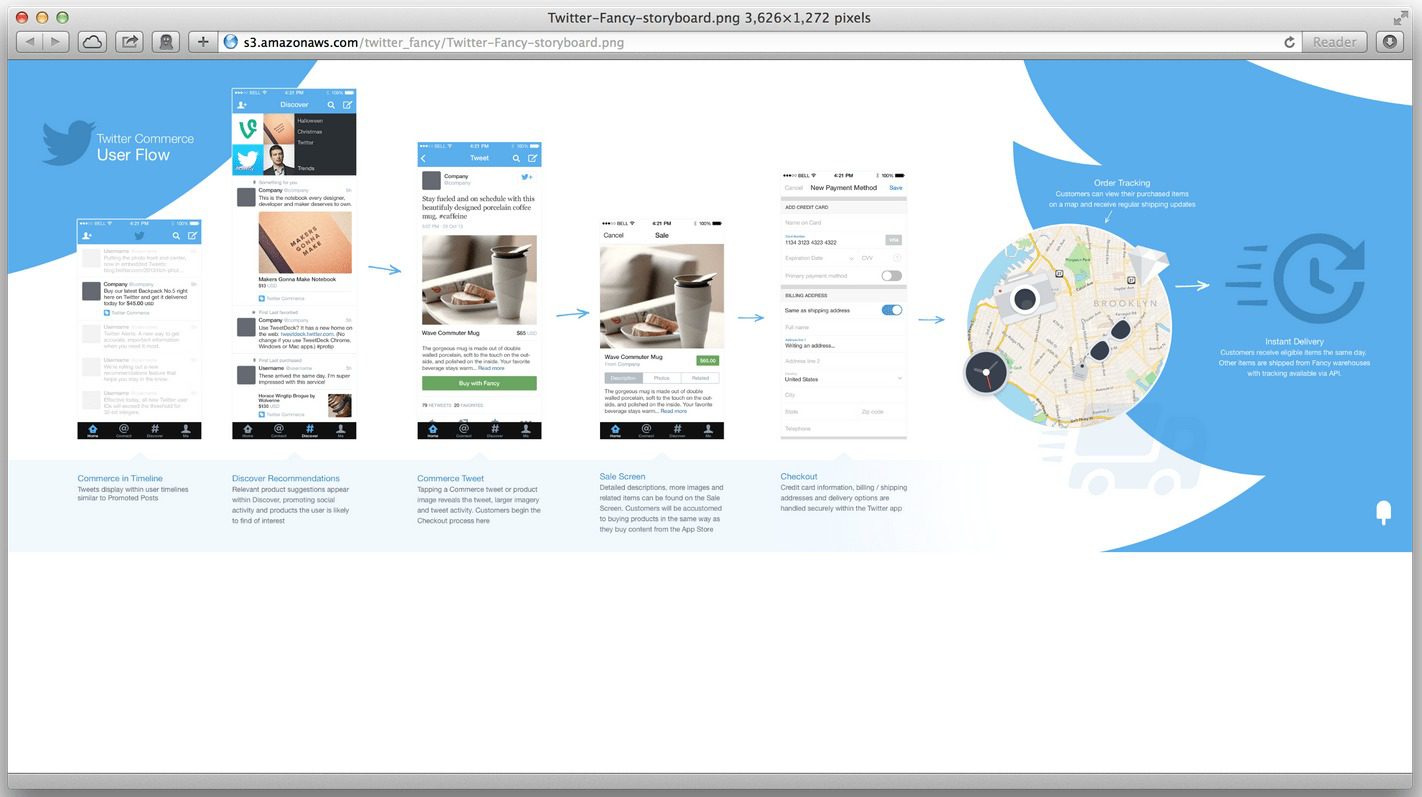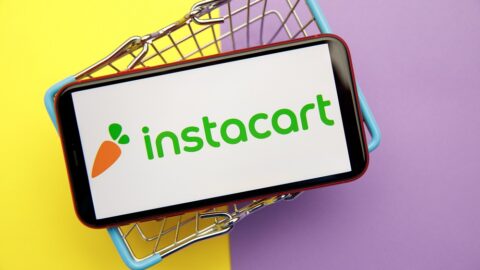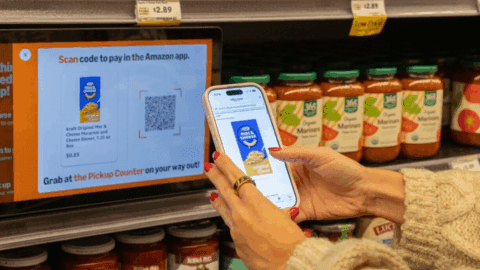There has been mass speculation regarding Twitter’s apparent foray into commerce spearheaded by images of a rumored Twitter Commerce service posted on curated consumer goods catalog Fancy.com. It is unknown whether the screenshots — initially discovered by Re/code — were a mockup, prototype or accurate preview of what the service will look like.
The screenshots outlined how the alleged Twitter Commerce service would work by integrating with a user’s Twitter account. Tweets published on the user’s Home or Discover feed will include a “Twitter Commerce” label, a description of the product being marketed and its price. Once the tweet was clicked, consumers would see an image of the product and a checkout button. If users clicked the button, they would be directed to a screen where they could enter their credit card information and billing address for delivery.
Although the images were published at the end of January 2014, officials from Twitter and Fancy.com have neither confirmed nor denied the service’s existence.
Regardless of these rumors, Twitter is on a slow and steady path towards adding commerce to its business plan on some level. In August 2013, the social network hired Nathan Hubbard, former President of Ticketmaster, to head its commerce division, and has posted job ads on its web site for additional commerce positions based in the company headquarters in San Francisco, Calif.
“If you’re looking at a small number of areas that Twitter could move into that would leapfrog it past some of the competition, and establish the company as the leader in a slightly different area that it is known for today, that [area] would be e-Commerce,” said Brian Blau, Research Director of Consumer Technology and Markets at Gartner. “It really makes a lot of sense, because a lot of the activity and behavior we see on Twitter is commenting about real-time news. Often, that is around breaking news on consumer products. Most of the time it has a commercial nature to it.”
Twitter opened at $26 per share when it went public in November 2013, peaking at $74.73 on December 26, 2013. Share cost has cooled off over the past two months, as investors have shown concern over Q4 2013 financial results and the social network’s evident decline in user growth. With the pressure to produce higher revenue totals in 2014, Twitter officials have to be enticed by the potential money grab that results from an expansion into commerce.
“Twitter has got to fix this problem with user retention and growth,” Blau said. “They’ve got a great brand and a lot of people know about them. It’s on the minds of politicians, entertainers and regular people around the world. But that’s not translating into new user signups and new loyal users.”
Since Twitter is a free service for users, the company makes most of its revenue through paid advertising. According to Eric Feinberg, Sr. Director of Product Strategy for ForeSee, there are two potential benefits for Twitter entering the commerce space: The addition of a direct revenue stream and richer data to supplement the company’s advertising initiatives.
“Twitter is entering the commerce game in order to follow the money and get more revenue from its user base,” said Feinberg in an interview with Retail TouchPoints. “With commerce comes additional advertising and targeting opportunities. Twitter will have richer data about users if it can get them to give their credit card information. That is very valuable to advertisers, because they can charge higher premiums for sponsored tweets.”
The Efficacy Of Social Commerce
Since Twitter doesn’t have any of its own products to sell, the company’s sales would likely be completed through retail partnerships. And should Twitter launch the commerce service, the company would be stacking itself up against category killers such as Amazon and eBay. Facebook initially tried to position itself as an e-Commerce company in 2011, partnering with retailers to directly sell products through the platform. However, major retailers such as GameStop, Gap, JCPenney and Nordstrom closed their Facebook storefronts within a year, signaling that the social commerce business model had much room for improvement.
“There are a few niche players who made social commerce work, but in general, the retail industry perceives social media to be more relevant in terms of customer engagement and loyalty, as well as brand building and marketing,” said Daniel Lucht, Research Director of ResearchFarm. “In this sense, social media supports an existing business and addresses the needs of specific retail situations such as customer care. Social media data can also be of huge importance in the Big Data mix, from crowd sourced product development to new store opening decisions, based on where shoppers and followers live, etc. As its own sales channel, social media just has not really worked yet.”
M-Commerce: The Potential Centerpiece
In its initial unveiling of Twitter Commerce, Re/code also reported that the social network was establishing a partnership with online and mobile payments startup Stripe. The partnership would likely be designed so that Twitter could accept credit card payments from users without having to build a payment system of its own. Not long after the claim was made, Stripe announced it had secured $80 million in Series C funding, pushing the company value to $1.75 billion. Since Stripe specializes in mobile payments, there is a suggestion that Twitter may look to make a big splash in the m-Commerce market.
“People want to save their credit cards and have a mobile-enabled shopping experience, but mobile commerce [sites] right now are terrible,” Feinberg said. “These sites aren’t beautiful. There’s a few shining examples of goodness like eBay and Amazon, but those are companies that have just ported over a lot of their desktop consumers to mobile. [Twitter] could own mobile commerce if they get this right. It’s all about execution. The idea is there, but the execution is still to be determined.”
In an October 2013 study from RSR Research of 1,152 U.S. consumers who own smartphones and/or tablets, 55% of respondents said they bypass m-Commerce sites in favor of desktop sites when shopping on their smartphones and tablets. Mobile commerce itself is doing quite well, with eMarketer projecting $41.68 billion in sales in 2014, but the presentation of the mobile sites can be problematic to consumers who are used to desktop sites. As easy as some mobile sites are to navigate, the stripping of certain features occasionally requires consumers to take extra time to get acclimated to features and capabilities.
It is unknown when and how Twitter will publicly unveil its commerce plans. What is known, however, is that the social network potentially will be able to provide a real-time, personalized and mobile-optimized selling platform that no one else has yet perfected.
“I don’t think that e-Commerce is going to be a fundamental game changer for [Twitter’s] revenue stream in 2014,” Blau said. “What we saw with this leak from Fancy is encouraging news. It means they’re thinking about the future by starting those experiments today. If they can refine that business by the time they get that user growth back, then I think they’re going to be well positioned.”













